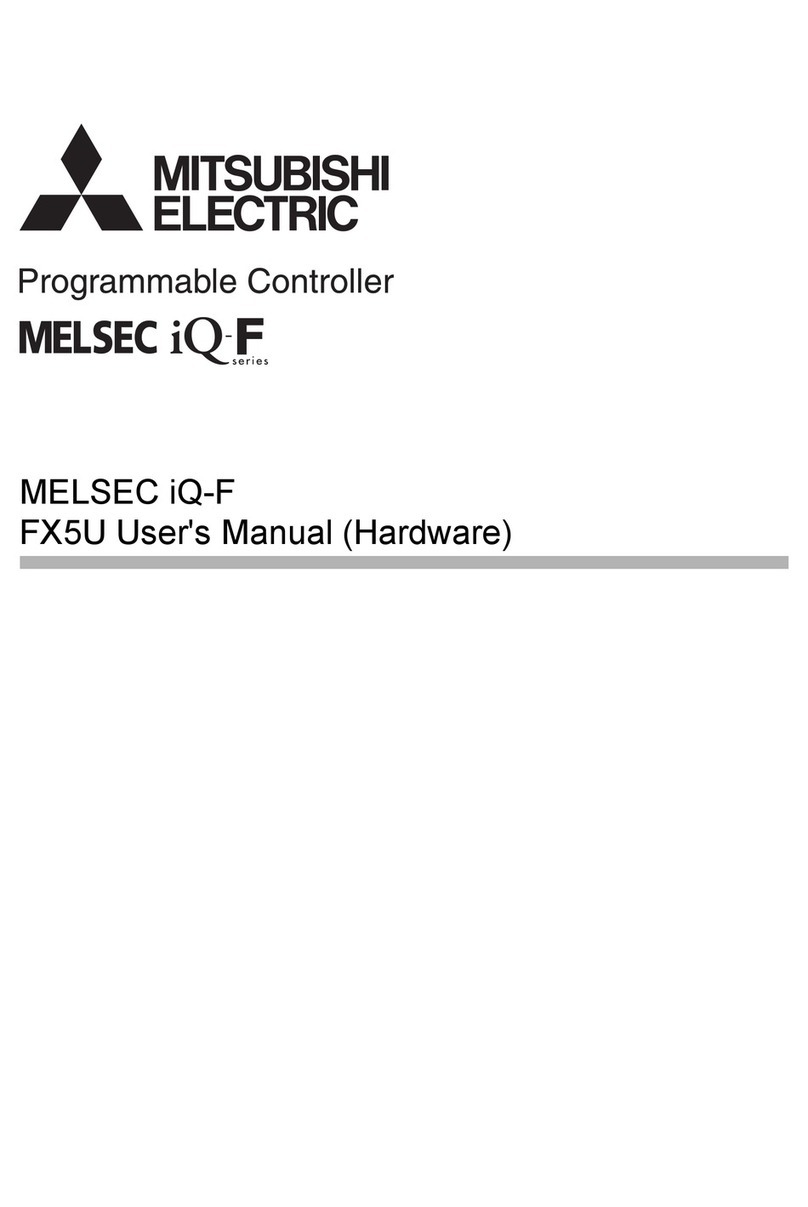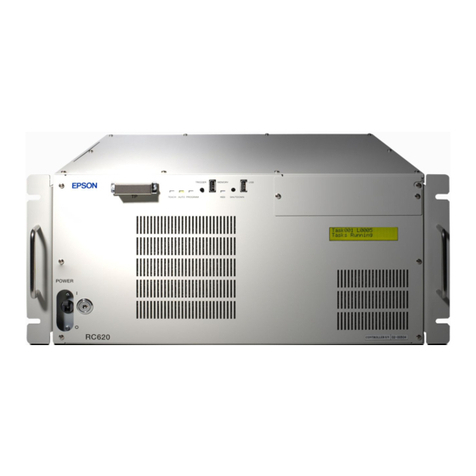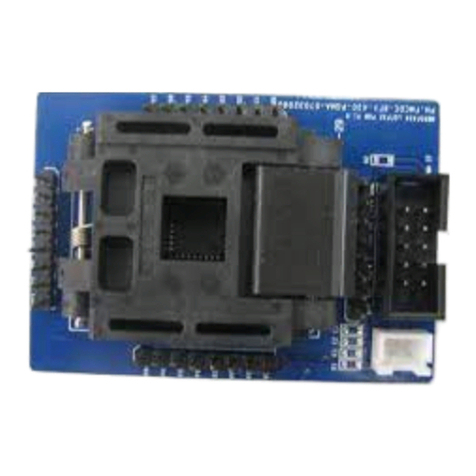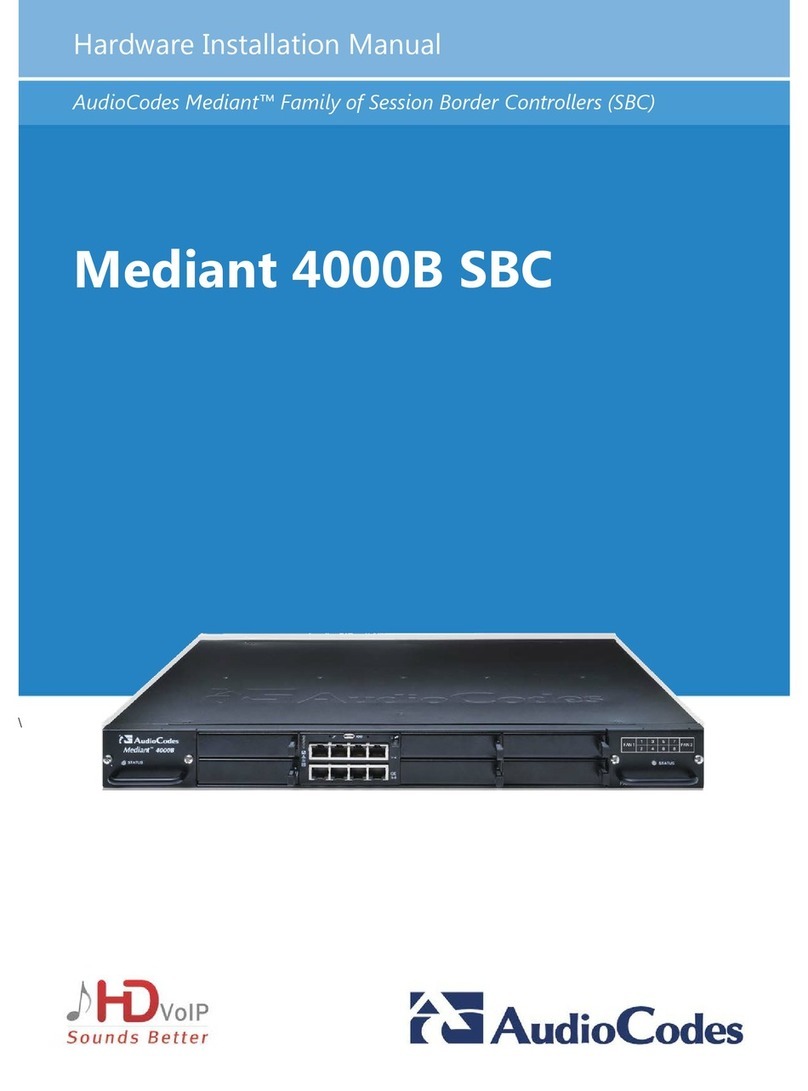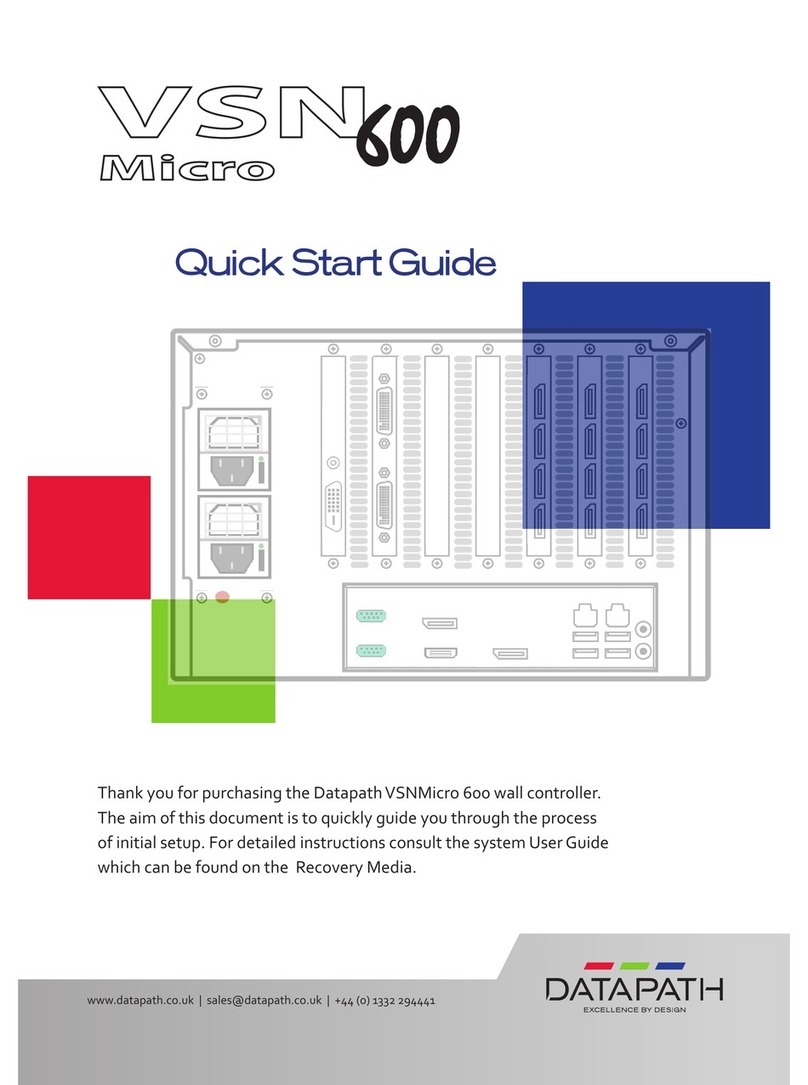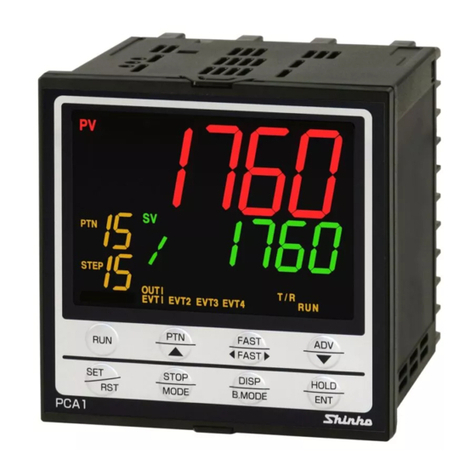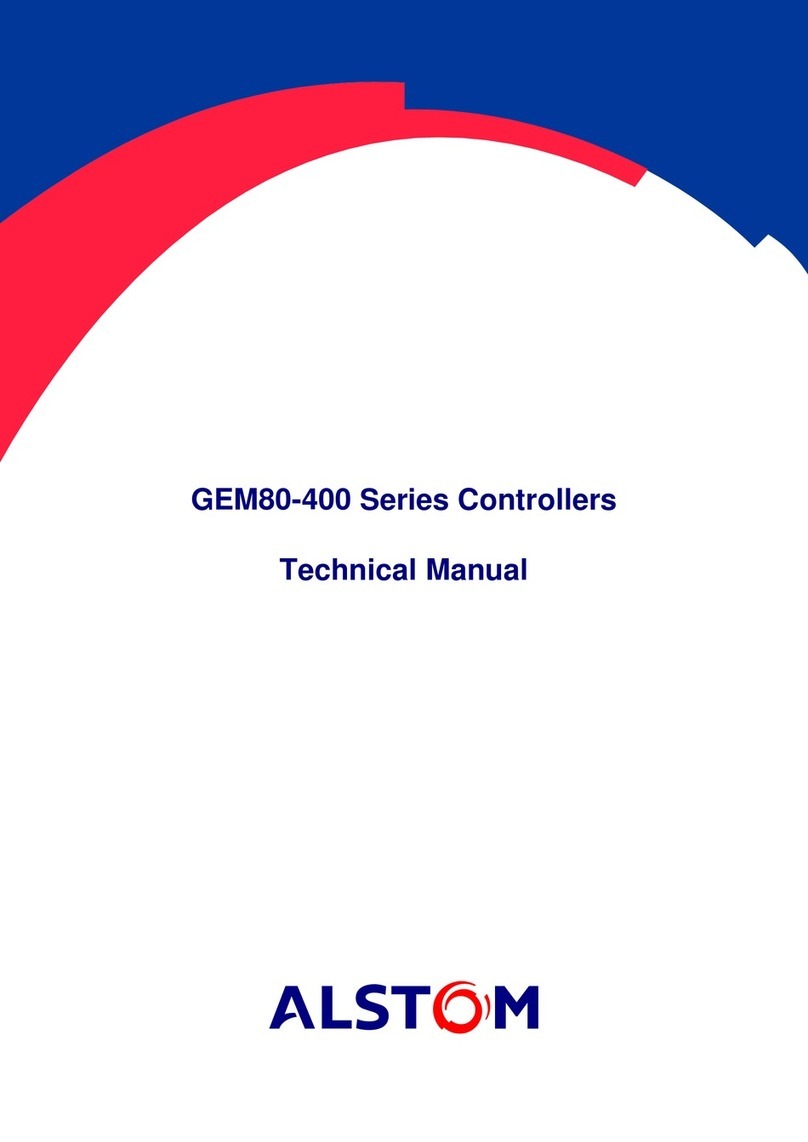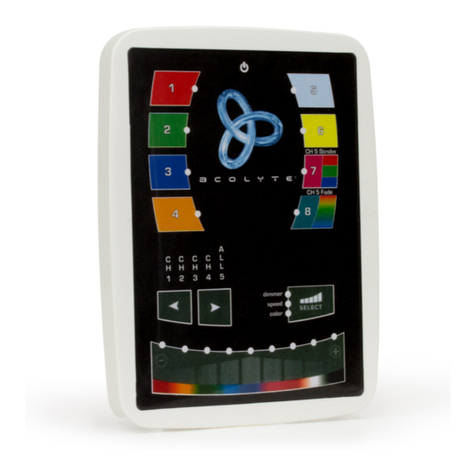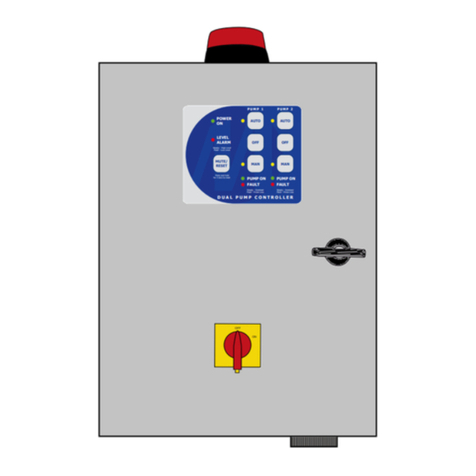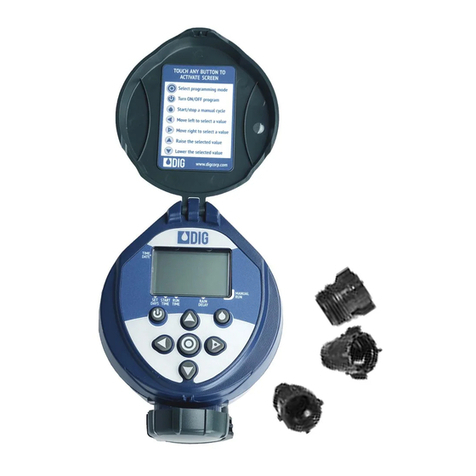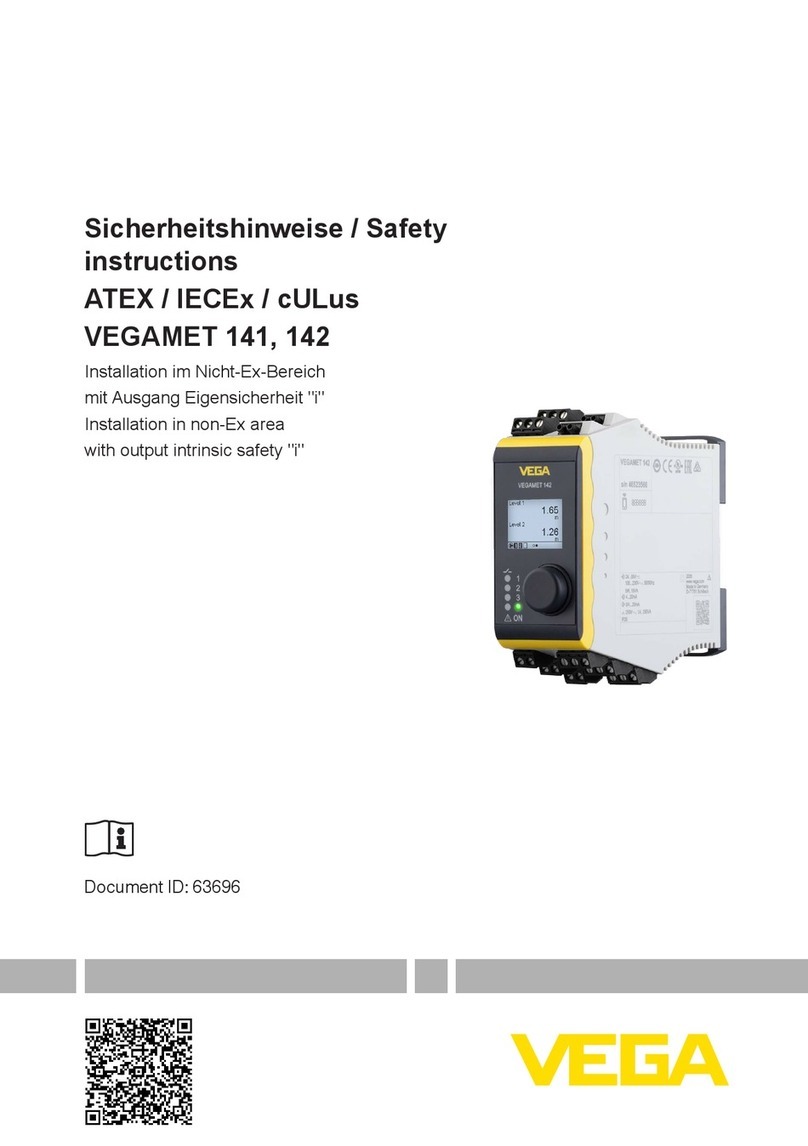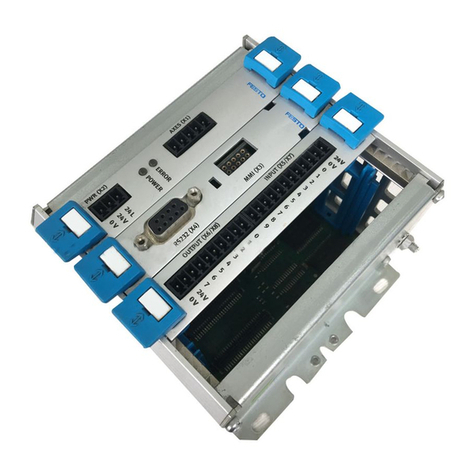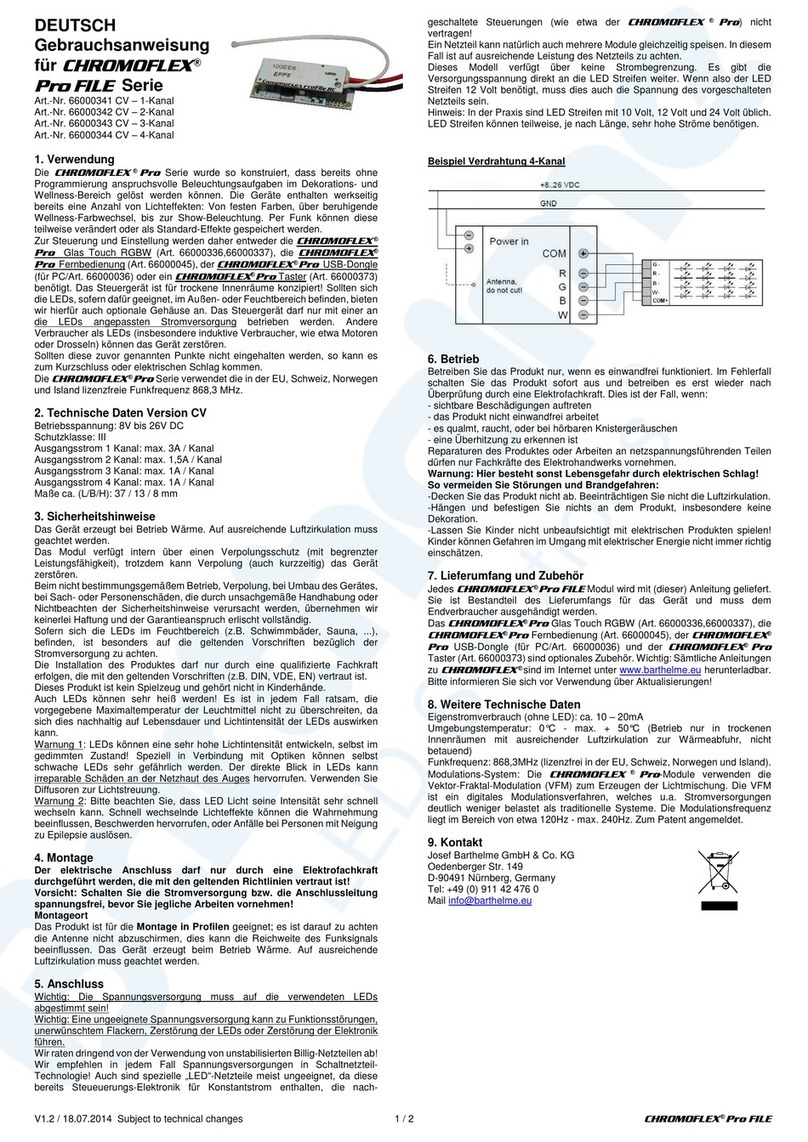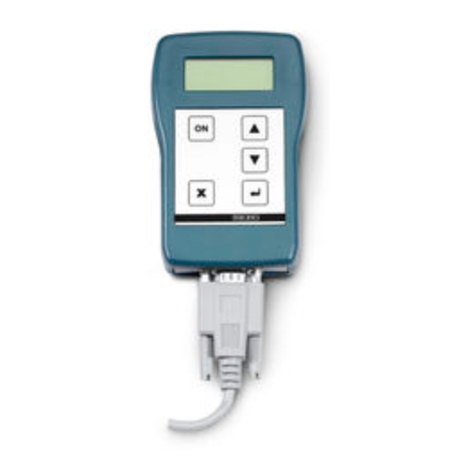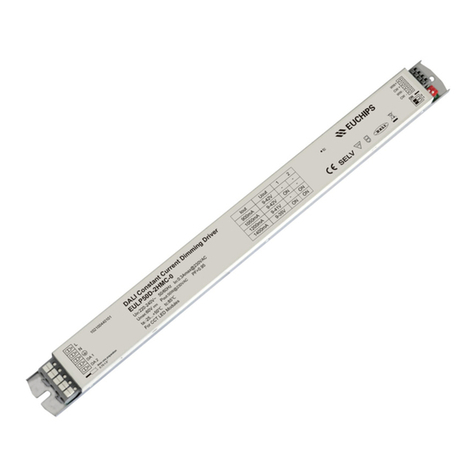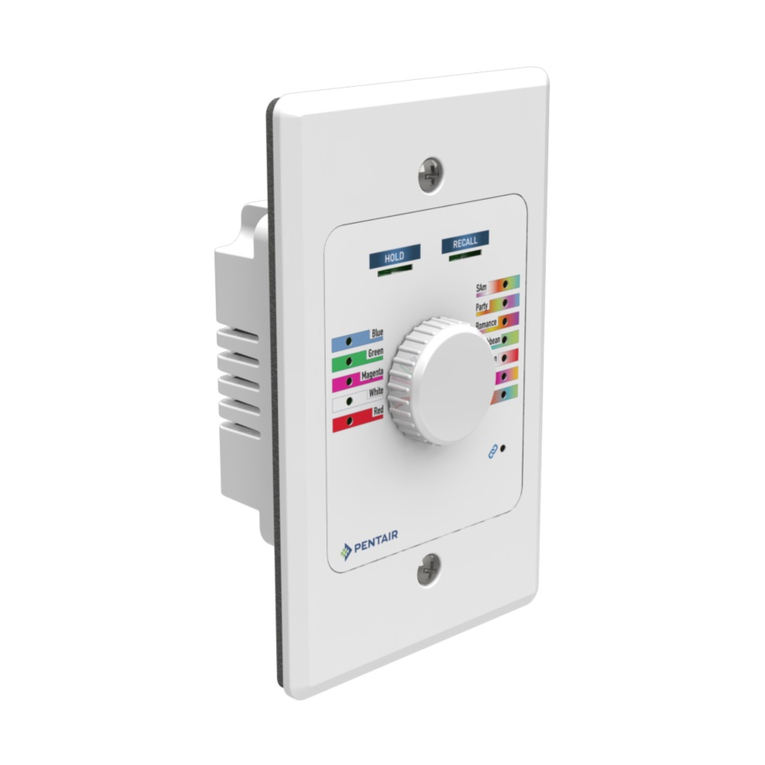GESTRA LRR 1-60 User manual

Original Installation &
Operating Manual
EN
English
Conductivity Controller
LRR 1-60
819692-00

2LRR 1-60 - Installation & Operating Manual - 819692-00
Contents
Content of this Manual................................................................................................................................... 4
Scope of delivery/Product package............................................................................................................... 4
How to use this Manual.................................................................................................................................. 5
Illustrations and symbols used...................................................................................................................... 5
Hazard symbols in this Manual...................................................................................................................... 5
Types of warning ............................................................................................................................................ 6
Specialist terms/Abbreviations...................................................................................................................... 7
Usage for the intended purpose..................................................................................................................... 9
Applicable directives and standards.........................................................................................................10
Improper use ................................................................................................................................................ 10
Basic safety notes ........................................................................................................................................ 11
Required personnel qualifications............................................................................................................... 11
Notes on product liability............................................................................................................................. 11
Function ........................................................................................................................................................ 12
Possible combinations of functions and equipment.................................................................................. 12
Technical data .............................................................................................................................................. 13
Name plate/Identification LRR 1-60 ............................................................................................................ 15
Factory settings............................................................................................................................................ 16
Functional elements and dimensions.......................................................................................................... 17
Installing the LRR 1-60 conductivity controller .......................................................................................... 18
Electrical connection safety notes............................................................................................................... 18
Wiring diagram of LRR 1-60 conductivity controller .................................................................................. 19
Electrical connection.................................................................................................................................... 20
Bus line, cable length and cross-section ..................................................................................................20
Connecting the 24V DC power supply ...................................................................................................... 20
Connecting the MIN/MAX/CLOSED/OPEN output contacts.........................................................................20
Notes on connecting inductive loads........................................................................................................ 20
Connecting the actual value output (4 - 20 mA)........................................................................................20
Connecting the standby input (24 V DC) ...................................................................................................20
Connecting the potentiometer (0 - 1000 W).............................................................................................20
Wiring diagram of CAN bus system............................................................................................................. 21
Example ..................................................................................................................................................21
Important notes on connecting the CAN bus system................................................................................. 21

3LRR 1-60 - Installation & Operating Manual - 819692-00
Contents
Changing the equipment settings................................................................................................................ 22
Configuring the controller group and baud rate ........................................................................................ 23
Bringing into service – start, operation and alarm..................................................................................... 24
The MIN relay is configured as the MIN alarm on the URB 60................................................................... 24
The MIN relay is configured for automatic intermittent blowdown on the URB 60..................................... 25
Behaviour in the event of a malfunction ................................................................................................... 25
System malfunctions.................................................................................................................................... 26
Causes ....................................................................................................................................................26
Check the installation and configuration before systematic troubleshooting ............................................. 26
Indication of system malfunctions............................................................................................................27
What to do in the event of system malfunctions......................................................................................... 28
Taking out of service.................................................................................................................................... 28
Disposal ........................................................................................................................................................ 28
Returning decontaminated equipment........................................................................................................ 28
EU Declaration of Conformity....................................................................................................................... 29

4LRR 1-60 - Installation & Operating Manual - 819692-00
Content of this Manual
Product:
Conductivity Controller LRR 1-60
First edition:
BAN 819692-00/08-2019cm
Applicable documents:
Installation & Operating Manual BAN 819699-xx for URB 60 Visual Display and Operating Unit
You can find the latest Installation & Operating Manuals on our website:
http://www.gestra.com/documents/brochures.html
© Copyright
All rights reserved. Any misuse, particularly reproduction and dissemination to third parties, is not permit-
ted. The General Terms & Conditions of GESTRA AG apply.
Scope of delivery/Product package
1 x Conductivity Controller LRR 1-60
1 x Installation & Operating Manual

5LRR 1-60 - Installation & Operating Manual - 819692-00
How to use this Manual
This Installation & Operating Manual describes the correct use of the LRR 1-60 conductivity controller. It
applies to persons who integrate this equipment in control systems, install, bring into service, operate,
maintain and dispose of this equipment. Anyone carrying out the above-mentioned activities must have
read this Installation & Operating Manual and understood its contents.
Read this Manual in full and follow all instructions.
Please also read the instructions for use of any accessories.
The Installation & Operating Manual is part of the equipment package. Keep it in an easily accessible
location.
Availability of this Installation & Operating Manual
Make sure this Installation & Operating Manual is always available to the operator.
If you pass on or sell the equipment to a third party, please also hand over the Installation & Operating
Manual.
Hazard symbols in this Manual
Danger zone/Dangerous situation
Danger of death from electric shock
Illustrations and symbols used
1. Action to be taken
2.
Lists
Bullet points in lists
A Keys to illustrations
Additional
information
Read the relevant
Installation & Operating Manual

6LRR 1-60 - Installation & Operating Manual - 819692-00
Types of warning
DANGER
Warning of a dangerous situation that results in death or serious injury.
WARNING
Warning of a dangerous situation that may possibly result in death or serious injury.
CAUTION
Warning of a situation that may result in minor or moderate injury.
ATTENTION
Warning of a situation that results in damage to property or the environment.

7LRR 1-60 - Installation & Operating Manual - 819692-00
Specialist terms/Abbreviations
Here, we explain some abbreviations, specialist terms, etc., which are used in this Manual.
Blowdown controller
A blowdown controller is a conductivity controller with special features for actuating continuous blow-
down valves on pressurised steam plants. It can also be used as a conductivity controller in other types of
system.
Continuous blowdown
Continuous or periodic removal of a certain (defined) quantity of boiler water via a continuous blowdown
valve, e.g. BAE46 or BAE47.
To determine the total dissolved solids in the boiler water, its electrical conductivity is measured in μS/cm,
although some countries also use ppm (parts per million) as the unit of measurement.
Conversion: 1 μS/cm = 0.5 ppm.
Intermittent blowdown
Intermittent blowdown is achieved by the abrupt opening of the intermittent blowdown valve. The opening
time should be around 3 seconds.
Time-based pulse/interval actuation of the intermittent blowdown valve optimises the removal of sludge
from the boiler. The interval between the intermittent blowdown pulses can be set between 1 and 200 h
(intermittent blowdown interval). The duration of intermittent blowdown can be set between 1 and 10 s.
For large boilers, repeated intermittent blowdown pulses may be required. Repetition can be set between
1 and 10 with an interval from 1 – 10 seconds (pulse interval).
Flushing the continuous blowdown valve
The continuous blowdown valve can be flushed automatically to prevent it from sticking. In this case, the
continuous blowdown valve is actuated at intervals (flushing interval) and opened for a certain time (flushing
time). After the flushing time, the valve moves to the position set by the control.
Standby mode (conductivity control)
To prevent loss of water, continuous blowdown control and automated intermittent blowdown (if enabled)
can be disabled in standby mode or when the burner is switched off.The continuous blowdown valve moves
to CLOSED position, triggered by an external control command. In standby mode, the MIN/MAX limits and
monitoring function remain active.
When the equipment is back in normal mode, the continuous blowdown valve returns to the control position.
An intermittent blowdown pulse is also triggered (if automated intermittent blowdown is enabled and a
blowdown interval and blowdown time have been set).

8LRR 1-60 - Installation & Operating Manual - 819692-00
Specialist terms/Abbreviations
CAN (Controller Area Network) bus
Data transmission standard and interface for connecting electronic equipment,sensors and control systems.
Data can be sent and received.
TRV .. / NRG .. / LRG .. / SRL ..
GESTRA equipment and type designations, see page 9.
PhotoMOS output
PhotoMOS are a special kind of semiconductor relay, which use a light-emitting diode on the input side that
is optically coupled to an output transistor. This type of electrically non-conductive connection makes sure
the input and output circuits are electrically isolated from each other.
PI controller
Controller with proportional (P) and integral (I) control.
SELV
Safety Extra Low Voltage

9LRR 1-60 - Installation & Operating Manual - 819692-00
Usage for the intended purpose
The LRR 1-60 conductivity controller can be used in conjunction with LRG 16-60, LRG 16-61 and LRG 17-
60 conductivity electrodes as a conductivity controller in pressurised steam and hot-water plants and in
condensate and feedwater tanks. The conductivity controller indicates when MAX or MIN conductivity has
been reached, opens or closes a continuous blowdown valve and can actuate an intermittent blowdown
valve.
Configuration, operation and visual display
The equipment is configured and operated and information is viewed via the URB 60 visual display and
operating unit.
Overview of possible unit combinations
Conductivity controller Conductivity electrode Visual display and operating unit
LRR 1-60
LRG 16-60
LRG 16-61
LRG 17-60
URB 60
Fig. 1
Key to Fig. 1:
LRR = conductivity controller
LRG = conductivity electrode
URB = visual display and operating unit
To ensure the proper use of equipment during all types of use, you must also read the Installa-
tion & Operating Manuals for the system components used.
You can find the latest Installation & Operating Manuals for the system components named
in Fig. 1 on our website:
http://www.gestra.com/documents/brochures.html

10 LRR 1-60 - Installation & Operating Manual - 819692-00
Usage for the intended purpose
Applicable directives and standards
The LRR 1-60 conductivity controller has been tested and approved for use in the scope governed by the
following directives and standards:
Directives:
Directive 2014/35/EU Low Voltage Directive
Directive 2014/30/EU EMC Directive
Directive 2011/65/EU RoHS Directive
Standards:
DIN EN 60730-1 Automatic electrical controls – Part 1:
General requirements
EN 61326-1 Electrical equipment for measurement, control and laboratory use -
EMC requirements
Standards documents:
VdTÜV Bulletin BP WÜ 0100-RL
Requirements for the testing of monitoring equipment
Improper use
There is a danger of death due to explosion if the equipment is used in potentially explo-
sive atmospheres.
Do not use the equipment in potentially explosive atmospheres.

11LRR 1-60 - Installation & Operating Manual - 819692-00
Basic safety notes
There is a risk of electric shock during work on electrical systems.
Always switch off the voltage to the equipment before performing work on the terminal
strips.
Check that the system is not carrying live voltage before commencing work.
Faulty equipment jeopardises system safety.
If the LRR 1-60 conductivity controller does not behave as described on pages 24 to 26,
it may be faulty.
Perform failure analysis.
Only replace faulty equipment with identical equipment from GESTRA AG.
Required personnel qualifications
Activity Personnel
Integration in control system Specialist staff Plant designer
Installation/electrical connection/
bringing into service Specialist staff Electrician/installer
Operation Boiler service technician Staff trained by the plant operator
Maintenance work Specialist staff Electrician
Setup work Specialist staff Plant construction
Fig. 2
Notes on product liability
We the manufacturer cannot accept any liability for damages resulting from improper use of the
equipment.

12 LRR 1-60 - Installation & Operating Manual - 819692-00
Function
The LRR 1-60 conductivity controller is a 3-point stepping controller. It periodically evaluates the data
telegrams from a conductivity electrode (e.g. LRG 16-60, LRG 16-61 or LRG 17-60).
The conductivity controller indicates when MAX or MIN conductivity has been reached, opens or closes a
continuous blowdown valve and can actuate an intermittent blowdown valve.
The data are transferred to an ISO 11898 CAN bus via the CANopen protocol.
Function tests and failure diagnosis are performed using the URB 60 visual display and operating unit.
The data telegrams contain the following information:
Conductivity values of electrodes and the temperature of the medium
Fault indications in the event of faults in electronic or mechanical parts
Behaviour when MIN/MAX conductivity is reached
If the minimum or maximum conductivity is reached, the appropriate output contact is opened.
Possible combinations of functions and equipment
Combining the LRR 1-60 conductivity controller with the conductivity electrodes and the URB 60 visual
display and operating unit provides the following functions:
Conductivity controller LRR 1-60
Function
Evaluation of CAN bus data telegrams from connected LRG 16-60, LRG 16-61 or LRG 17-60
conductivity electrodes.
3-point stepping controller with proportional integral control (PI controller) and
actuation of an electrically operated continuous blowdown valve.
MAX alarm when the conductivity limit is exceeded.
MIN alarm when conductivity drops below the minimum limit.
Alternatively, MIN relay for automated intermittent blowdown.
Indication of valve position is possible if a potentiometer is connected (in the control valve). The
valve position is then shown on the URB 60 visual display and operating unit.
Actual value output 4 - 20 mA
Volt-free input 24 V DC (standby) for inputting an external command: Control OFF/
Valve CLOSED/Intermittent blowdown OFF
Fig. 3

13LRR 1-60 - Installation & Operating Manual - 819692-00
Technical data
Supply voltage
24 V DC +/-20 %
Power consumption
max. 5 VA
Current input
max. 0.3 A
Required external fuse
0.5 A M
Input/output
Interface for CAN bus to ISO 11898, CANopen, insulated
Inputs
1 x analogue input for potentiometer 0 - 1000 W, two-wire connection (indication of valve position)
1 x volt-free input 24 V DC (standby) for inputting an external command:
Control OFF/Valve CLOSED/Intermittent blowdown OFF
Outputs
Continuous blowdown valve (CLOSED/OPEN) *
2 x volt-free relay contacts, contact material **
Maximum switching current - 8 A at 250 V AC / 30 V DC - cos ϕ= 1
MIN/MAX alarm *
2 x volt-free relay contacts, contact material **
Maximum switching current - 8 A at 250 V AC / 30 V DC - cos ϕ= 1
or
MAX alarm and MIN relay as intermittent blowdown valve *
1 x volt-free relay contact, intermittent blowdown valve, contact material **
1 x volt-free relay contact, MAX alarm, contact material **
* Inductive loads must have interference suppression (RC combination) as per the manufacturer's
specification
** Contact material AgNi0.15, AgSnO2
Analogue output
1 x actual value output 4 - 20 mA, e.g. for an actual value display
Max. load resistance 500 W
Inductive loads must have interference suppression (RC combination) as per the manufacturer's
specification
Technical data
Supply voltage
24 V DC +/-20 %
Power consumption
max. 5 VA
Current input
max. 0.3 A
Required external fuse
0.5 A M
Input/output
Interface for CAN bus to ISO 11898, CANopen, insulated
Inputs
1 x analogue input for potentiometer 0 - 1000 W, two-wire connection (indication of valve position)
1 x volt-free input 24 V DC (standby) for inputting an external command:
Control OFF/Valve CLOSED/Intermittent blowdown OFF
Outputs
Continuous blowdown valve (CLOSED/OPEN)
MIN/MAX alarm or
MAX alarm and MIN relay as automatic intermittent blowdown
4 x volt-free relay contacts
Maximum switching current - 8 A at 250 V AC / 30 V DC - cos ϕ= 1
Contact material AgNi0.15, AgSnO2
Inductive loads must have interference suppression (RC combination) as per the manufacturer's
specification
Analogue output
1 x actual value output 4 - 20 mA, e.g. for an actual value display
Max. load resistance 500 W

14 LRR 1-60 - Installation & Operating Manual - 819692-00
Technical data
Indicators and controls
1 x multicolour LED (orange, green, red)
orange = power up
green = running
red = malfunction
1 x 4-pole code switch for setting the controller group and baud rate
Protection class
II double insulated
IP rating to EN 60529
Body: IP 40
Terminal strips: IP 20
Electrical safety
Degree of contamination 2 for installation in control cabinet with protection rating IP 54, fully insulat-
ed
Admissible ambient conditions
Service temperature: - 10 °C – 55 °C (0 °C – 55 °C at power-on)
Storage temperature: - 20 °C – 70 °C *
Transport temperature: - 20 °C – 80 °C (< 100 hours) *
Air humidity: max. 95 %, non-condensing
* Only switch on after a 24-hour defrosting period
Housing
Body material: Lower section of black polycarbonate (glass-fibre reinforced), front of grey
polycarbonate
2 x 15-pole terminal strips, removable separately
Max. cross-section per screw terminal:
1 x 4.0 mm2solid or
1 x 2.5 mm2stranded with sleeve, or
2 x 1.5 mm2stranded with sleeve
Fastening of body: Mounting clip on support rail TH 35 (to EN 60715)
Weight
Approx. 0.5 kg

15LRR 1-60 - Installation & Operating Manual - 819692-00
Fig. 4
Name plate/Identification LRR 1-60
The date of production is printed on the back of the equipment.
Equipment
designation
Supply voltage/
power con-
sumption/pro-
tection rating
Current
approval
Admissible
ambient
temperature
Manufacturer
Wiring
diagram
Safety
note
CE
marking
Disposal
information
T55°C (131°F)
IP 40 (IP20)
5VA
Betriebsanleitung
beachten
Seeinstallation
instructions
Voir instructions de
montage
GESTRA AG
Münchener Str. 77
28215 Bremen
GERMANY
TÜV.WÜL . xx - xxx
17
2
22
7
27
12
16
1
21
6
26
11
18
3
23
8
28
13
19
4
24
9
29
14
20
5
25
10
30
15
120
Ω
24V
20%
xxxxxxxxxxxx
24V =
Option CH CL
CanBus
M0,5A
LRR 1-60
+
OUT 1 / 4-20mA
0-1K
Standby
Absalzregler
Continuous Blowdown
Controller
Régulateur de déconcen-
tration continue
MIN MAX -+
+
_
+
_
+
_
Serial number

16 LRR 1-60 - Installation & Operating Manual - 819692-00
Factory settings
The conductivity controller is delivered with the following factory default settings:
Baud rate: 50 kBit/s (max. cable length 1000 m)
Controller group: 1
Code switch setting: Sliding switch, white (1 to 4 = OFF)
Configuring the controller group and baud rate,
see page 23, Fig. 8.
MAX switchpoint: 6000 µS/cm
MIN switchpoint: 500 µS/cm
Reset hysteresis: MAX limit 3 % of set limit (factory default)
Setpoint: 3000 µS/cm
Proportional band (Pb): ± 20 % of setpoint
Reset time (Ti): 0 seconds
Neutral zone: ± 5 % of setpoint
Valve runtime: 360 seconds
Controlled operation: Automatic
MIN relay function: MIN alarm
24h flushing: On
Flushing interval: 0 hours
Flushing time: 180 seconds. The set time takes effect twice. The valve moves
to OPEN for 180 seconds and to CLOSED for 180 seconds.
With actuation of an intermittent blowdown valve (MIN relay function = automatic intermittent
blowdown)
Intermittent blowdown interval: 24 hours
Intermittent blowdown time: 3 seconds
Number of
intermittent blowdown pulses: 1
Pulse interval: 2 seconds

17LRR 1-60 - Installation & Operating Manual - 819692-00
A Upper terminal strip
B Lower terminal strip
C Fastening screws (M3)
D 4-pole code switch, for setting the controller
group and baud rate
E Front membrane with status LED, see page 24
F Housing
G Support rail TH 35
Functional elements and dimensions
The code switch can be accessed by
disconnecting and removing the lower
terminal strip.
Equipment settings,
see page 23.
Fig. 5
12345678910 11 12 13 14 15
100
73
118
1
2
MAX
1
2716 17 18 19 20 21 22 23 24 25 26 28 29 30
12345678910 11 12 13 14 15
100
73
118
1
2
MAX
1
2716 17 18 19 20 21 22 23 24 25 26 28 29 30
A
B C
F
G
D
E

18 LRR 1-60 - Installation & Operating Manual - 819692-00
Installing the LRR 1-60 conductivity controller
The LRR 1-60 conductivity controller snaps onto a TH 35 support rail in the control cabinet.
DANGER
There is a risk of electric shock during work on electrical systems.
Switch off the voltage to the system before you install the equipment.
Check that the system is not carrying live voltage before commencing work.
1. Switch off the voltage to the system, or secure the surrounding equipment in the control cabinet, if
live, so it cannot be touched.
2. Carefully press the unit onto the support rail until the holder clips into place.
Electrical connection safety notes
DANGER
Incorrectly connecting the conductivity controller or any associated components
is a danger to system safety.
Connect the conductivity controller and all associated components as shown in the wiring
diagram in Fig. 6 of this Manual.
Do not use unused terminals as jumpers or support terminals.

19LRR 1-60 - Installation & Operating Manual - 819692-00
Wiring diagram of LRR 1-60 conductivity controller
Fig. 6
2716 17 18 19 20 21 22 23 24 25 26 28 29 30
123456789101112131415
24 V DC
4-20 mA
+
CH CL S
120Ω
–
M 0,5 A
+
–
+
–
24 V DC
0 - 1KΩ
–
+
MIN alarm
relay output
MIN
MAX alarm
relay output
OPEN
Supply voltage
On-site fuse
M 0.5 A
Option
CAN bus
CH = CAN High
CL = CAN Low
S = shield
MAX
Actual value output
Indication of valve position
(potentiometer 0 - 1000 W)
CLOSED
Standby input for an external command:
Control OFF/Valve CLOSED/Intermittent blowdown OFF
Actuates a continuous
blowdown valve
M

20 LRR 1-60 - Installation & Operating Manual - 819692-00
Electrical connection
Bus line, cable length and cross-section
A shielded, multi-core, twisted-pair control cable, e.g. UNITRONIC®BUS CAN 2 x 2 x .. mm2or RE-
2YCYV-fl 2 x 2 x .. mm2must be used as the bus line.
Pre-wired control cables (with plug and coupling) are available as accessories in various lengths.
The baud rate (transfer rate) is determined by the cable length between the bus terminal devices, and
the wire cross-section is determined by the overall power input of the measuring sensors.
As far as possible, route the bus line separately from power lines and protected from environmental
influences.
Connecting the 24V DC power supply
The LRR 1-60 conductivity controller is supplied with 24 V DC.
A safety power supply unit that delivers a Safety Extra Low Voltage (SELV) must be used to supply the
equipment with 24V DC.
Use an M 0.5 A fuse as an external fuse.
Connecting the MIN/MAX/CLOSED/OPEN output contacts
Connect the outputs as shown in the wiring diagram in Fig. 6.
Only use the terminals specified in the wiring diagrams.
Use a T 2.5 A fuse to protect the switching contacts.
Notes on connecting inductive loads
All connected inductive loads, such as contactors and actuators, must have interference suppression
using RC combinations as per the manufacturer's specifications.
Connecting the actual value output (4 - 20 mA)
Please note the load resistance of max. 500 W.
Use a shielded, multi-core twisted-pair control cable with a minimum conductor size of 0.5 mm2,
e.g. LIYCY 2 x 0.5 mm2.
Maximum cable length = 100 m.
Route connecting cables separately from power cables.
Connecting the standby input (24 V DC)
24 V DC input, for external command: Control OFF, Valve CLOSED, Intermittent blowdown OFF.
Maximum cable length = 30 m.
Connecting the potentiometer (0 - 1000 W)
Use a shielded, multi-core twisted-pair control cable with a minimum conductor size of 0.5 mm2,
e.g. LIYCY 2 x 0.5 mm2.
Maximum cable length = 100 m.
Route connecting cables separately from power cables.
Table of contents
Other GESTRA Controllers manuals

GESTRA
GESTRA LRR 1-52 User manual
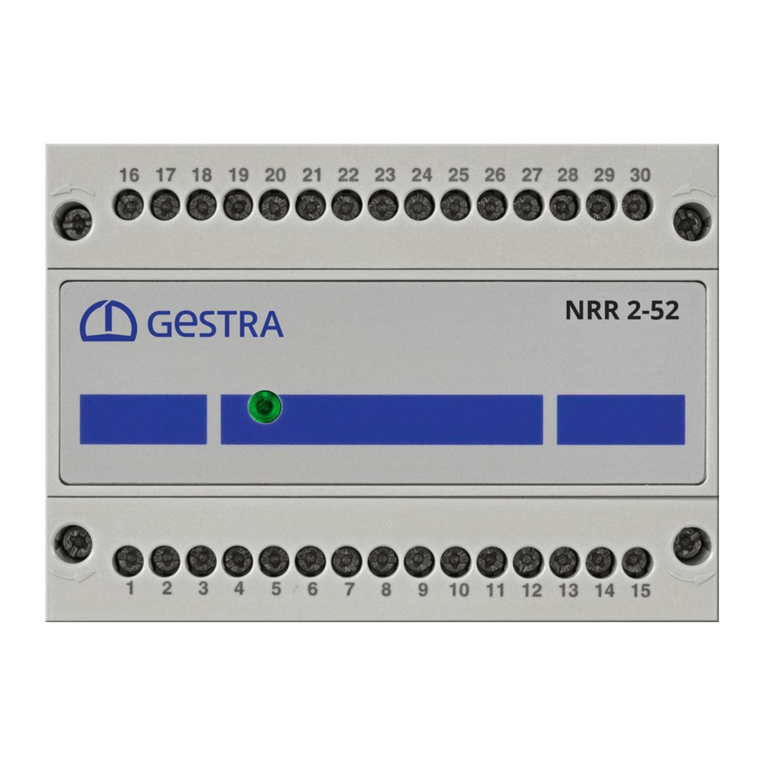
GESTRA
GESTRA NRR 2-52 User manual
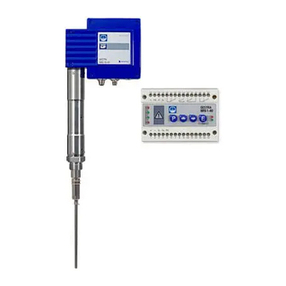
GESTRA
GESTRA NRS 1-40 User manual

GESTRA
GESTRA NRZ 2-1 Quick guide
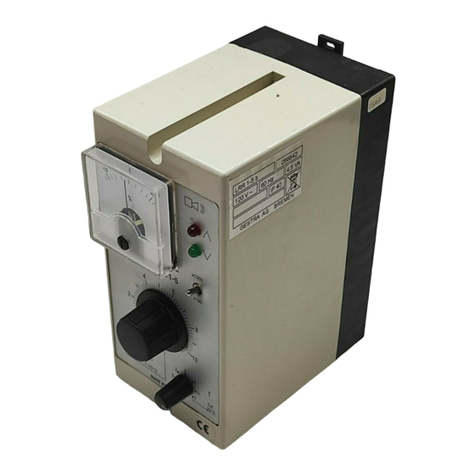
GESTRA
GESTRA LRR 1-5 User manual
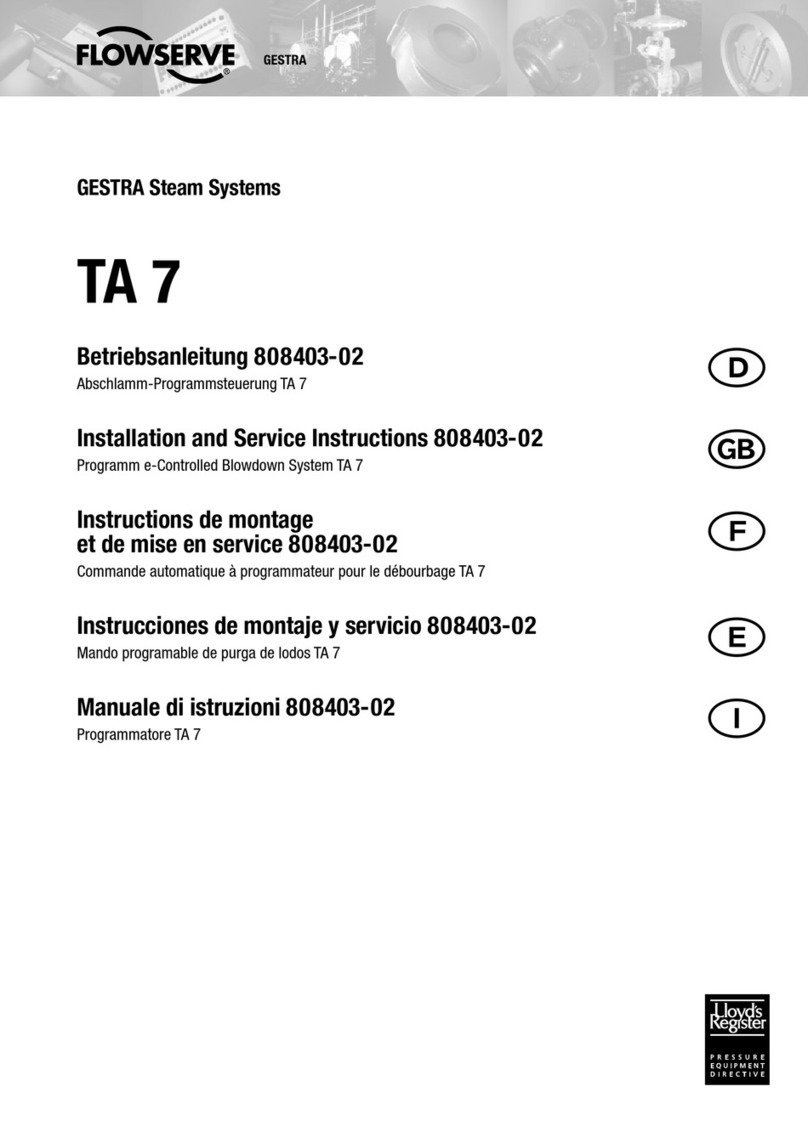
GESTRA
GESTRA TA 7 Quick guide
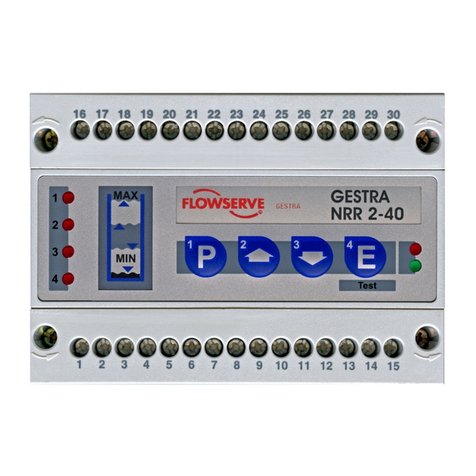
GESTRA
GESTRA NRR 2-40 User manual
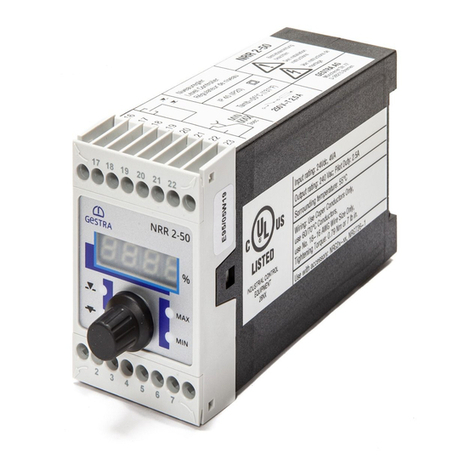
GESTRA
GESTRA NRR 2-50 User manual

GESTRA
GESTRA NRR 2-61 User manual

GESTRA
GESTRA NRR 2-52 Installation instructions

GESTRA
GESTRA NRR 2-40 User manual

GESTRA
GESTRA NRS 1-9 User manual

GESTRA
GESTRA LRR 1-50 User manual

GESTRA
GESTRA NRR 2-52 User manual
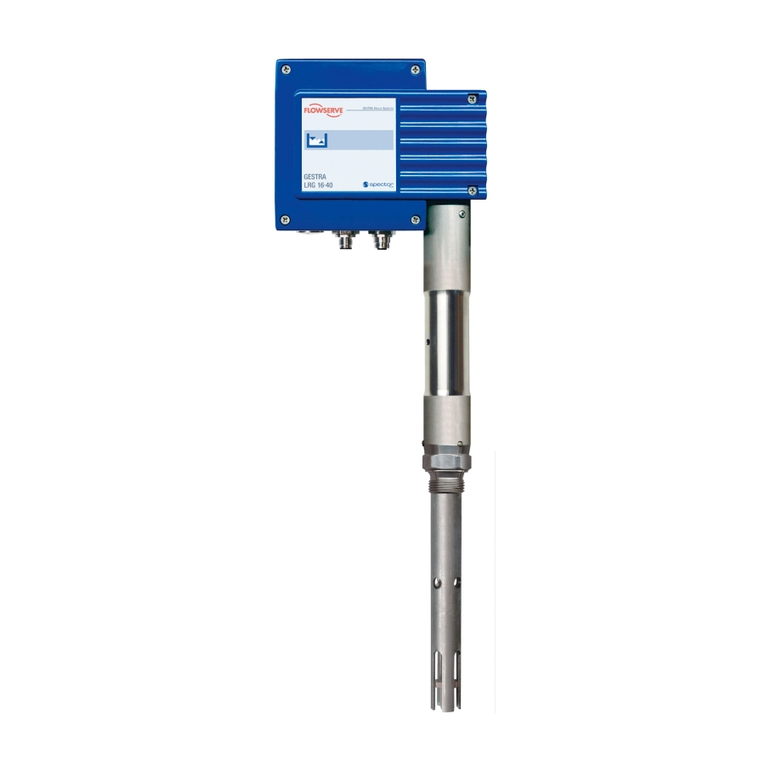
GESTRA
GESTRA LRR 1-52 Installation instructions

GESTRA
GESTRA LRR 1-52 User manual
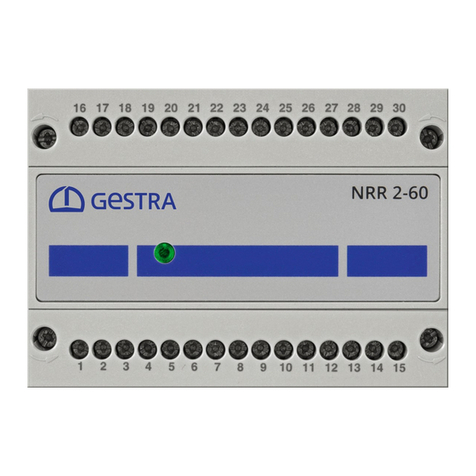
GESTRA
GESTRA NRR 2-60 User manual
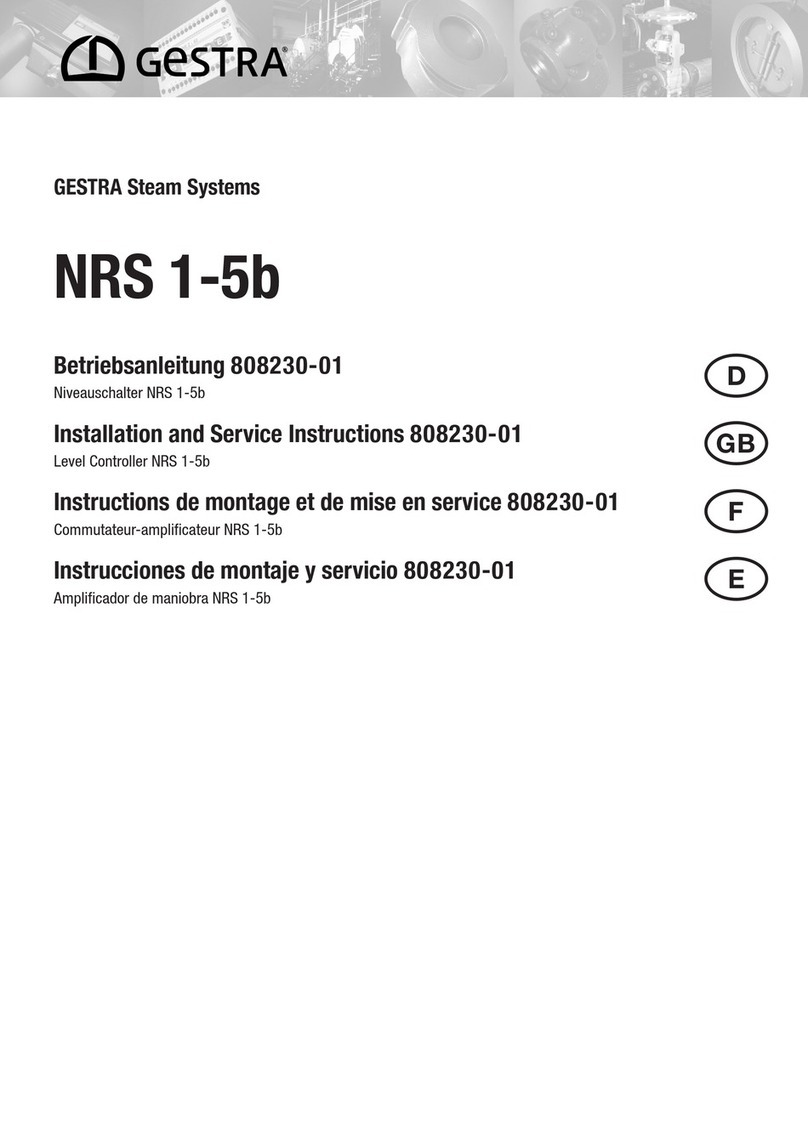
GESTRA
GESTRA NRS 1-5b Quick guide
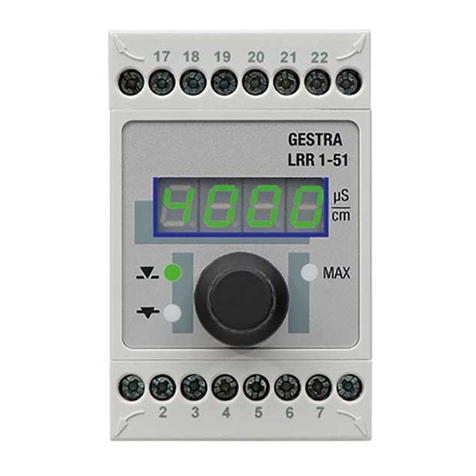
GESTRA
GESTRA LRR 1-50 User manual

GESTRA
GESTRA TA 7 Service manual



